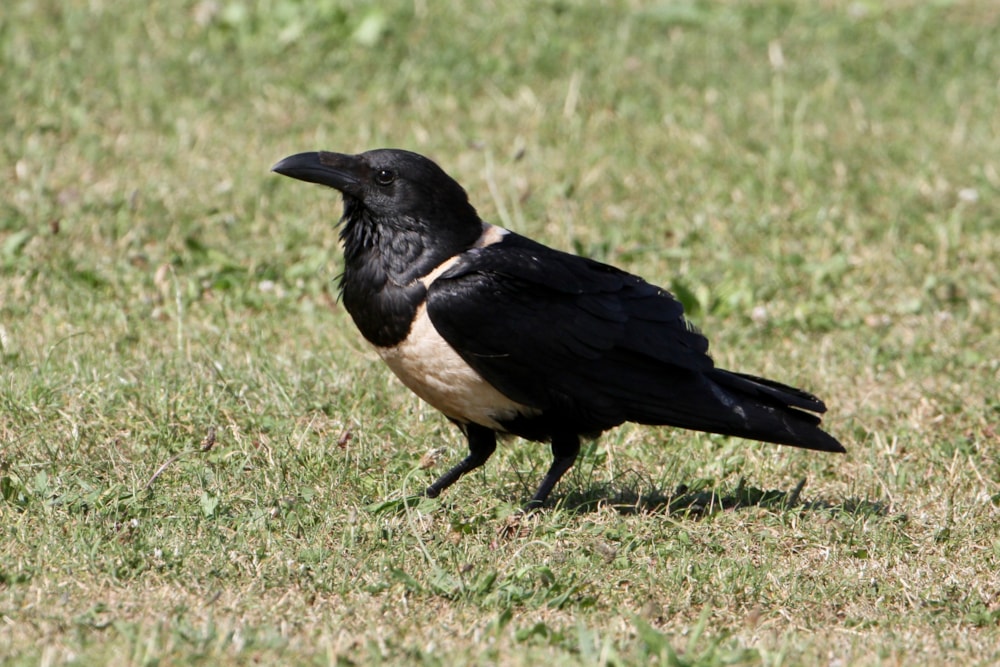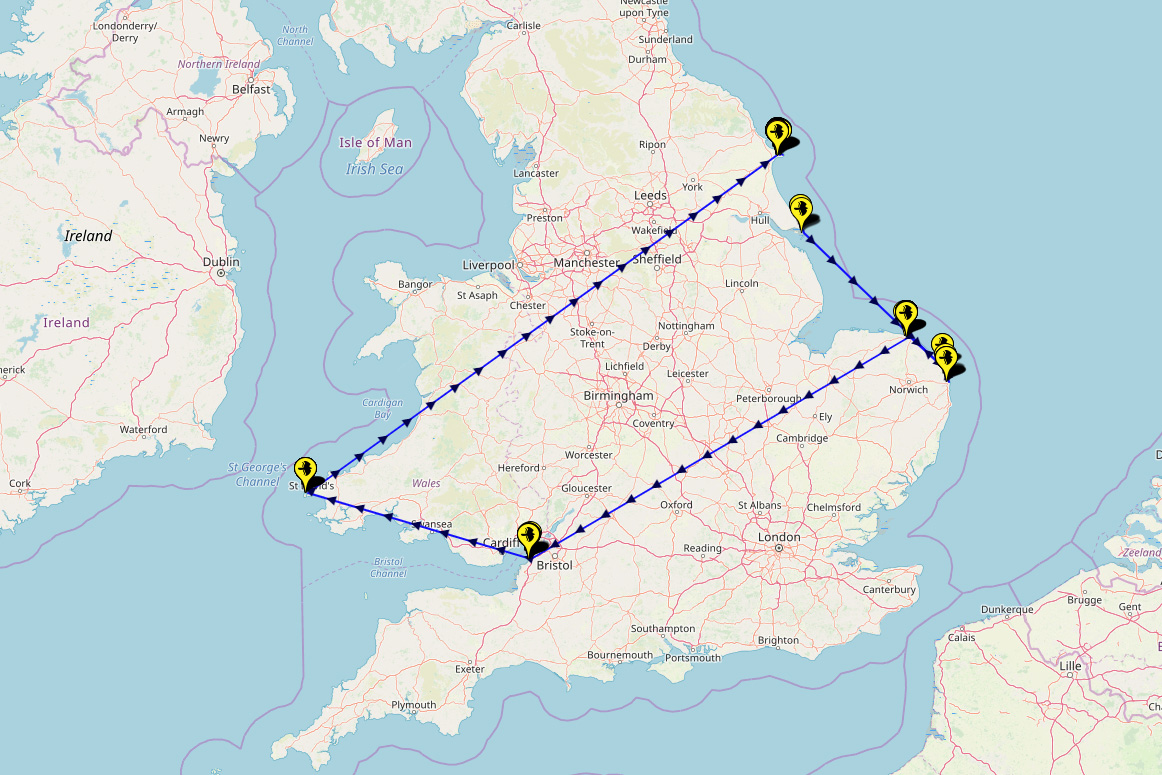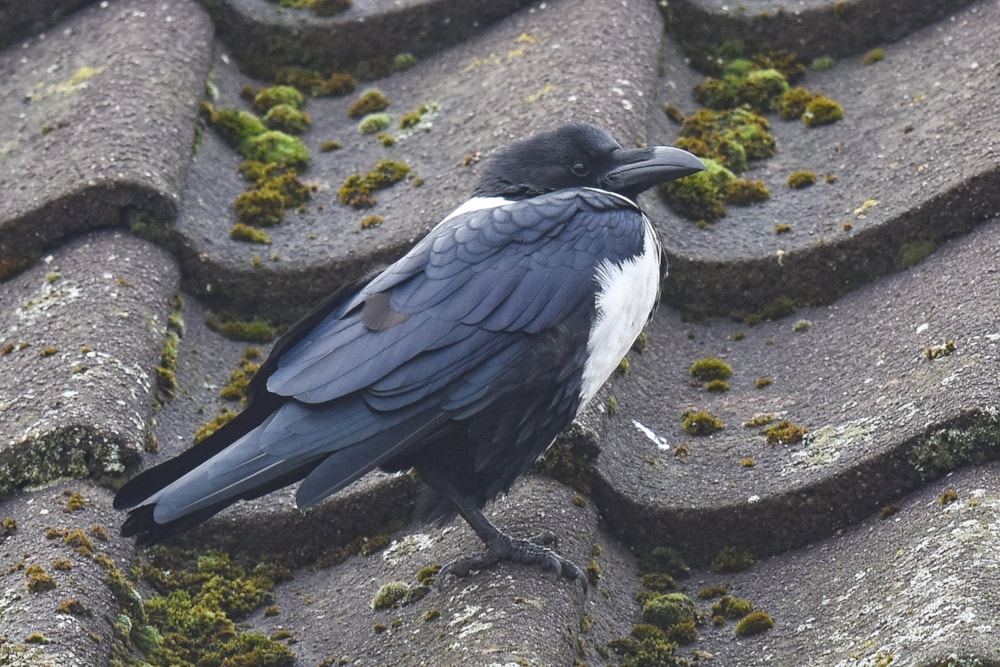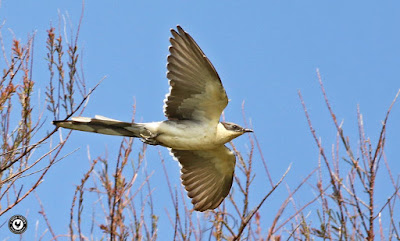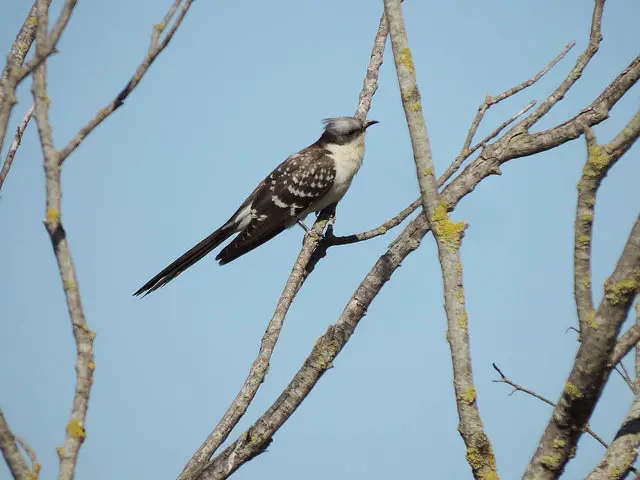Stodmarsh NNR near Canterbury, Kent
RSPB East Grinstead Local Group
16 of us made the 2 hour journey to Canterbury on an overcast and at times chilly day to visit Stodmarsh National Nature Reserve. We were rewarded with some excellent birding moments and a species count of almost 60.
Pick of the bunch for me were the following
- We had splendid views of 2 Cuckoos.
- Most of us saw our first Swift of the year.
- Similarly most of us saw our first Hobby of the year.
- Sedge Warblers and Reed Warblers were much in evidence and we were able to get absolutely cracking views of both species.
 |
| courtesy of Martin Jeffree |
- Swallows, House Martins, Sand Martins, Common Whitethroat, Marsh Harriers were also seen.
 |
| courtesy of Martin Jeffree |
A most enjoyable day out with friends!






















